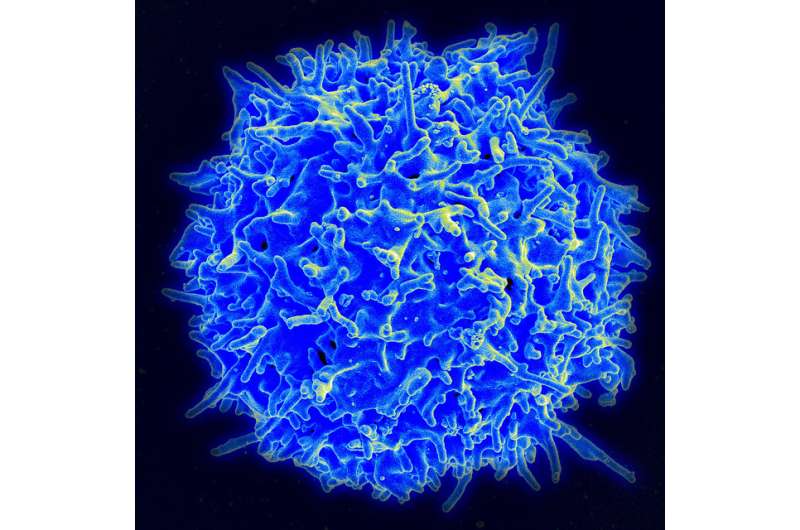Silent Threats: How Chemicals Impact Human Health and Fertility

Endocrine-disrupting chemicals (EDCs) are pervasive pollutants found in everyday products, silently threatening reproductive health worldwide. From plastics and cosmetics to household cleaning supplies, these harmful substances can interfere with hormonal systems, leading to alarming health consequences. Researchers emphasize the urgent need for improved testing and regulation to mitigate these risks for current and future generations.
Professor Majorie van Duursen, a renowned Dutch environmental health expert and toxicologist, leads efforts to understand how EDCs affect women’s reproductive systems. She highlights that these chemicals are present in various common items such as food packaging (notably bisphenol A), personal care products (like parabens and phthalates), and even in non-stick cookware, pesticides, electronics, furniture, and textiles.
A major international collaboration called EURION, uniting eight research initiatives, aims to uncover the extent of these risks and develop advanced testing methods to detect and regulate EDCs. One significant project, FREIA, specifically examined the impacts on women’s health over five years, revealing that EDC exposure can cause early puberty, reduce the number of germ cells in ovaries, and impair fertility. These effects are seen across different life stages, from fetal development to adulthood.
Fertilization success rates are affected by EDCs, with higher chemical levels found in follicular fluid surrounding eggs correlating with lower IVF success. This suggests that even prenatal exposure may reduce the ovarian reserve, potentially leading to early menopause.
People are exposed to these chemicals through common activities: heating food in plastic containers, applying skin products, and breathing air contaminated by chemically treated furniture or textiles. EDCs mimic hormones like estrogen, binding to receptors and disrupting normal hormonal functions, which can have lifelong reproductive consequences.
Women working in jobs with frequent contact with EDCs—such as hair salons or cleaning professions—may face higher risk, although overall, the danger affects both genders. The European Union has acknowledged the importance of stricter regulation, and ongoing research aims to improve identification and safety testing of EDCs.
The FREIA team has proposed practical tips for minimizing exposure, including washing new clothes before wearing, avoiding heating food in plastic, and regular cleaning to reduce dust. Increasing public awareness and better regulations are crucial steps towards protecting reproductive health from insidious chemical dangers.
For more information, visit the FREIA project, EURION, and review current EU regulations like REACH. Knowledge and cautious habits are essential in reducing the silent danger posed by these chemicals to health and fertility.
Stay Updated with Mia's Feed
Get the latest health & wellness insights delivered straight to your inbox.
Related Articles
Concerns Over the Potential Loss of a Massive Veterans' DNA Database and Its Impact on Medical Research
Over one million veterans contributed DNA samples to a vital health research database, but recent uncertainties threaten its future, risking setbacks in understanding and treating veteran-related health issues.
Mixed Health Outcomes in NCAA Athletes with Concussion History
A new study reveals mixed health outcomes for NCAA athletes with concussion history, highlighting the importance of early support during the transition out of college sports. Contact sport participation may have protective mental health benefits.
Innovative Engineered Antibodies Enable T-Cells to Target and Destroy Cytomegalovirus-Infected Cells
Researchers have engineered bispecific antibodies that direct T-cells to effectively target and eliminate cytomegalovirus-infected cells, offering new hope for immunocompromised patients battling CMV infections.
Innovative Laser Technique Unveils How the Brain Creates Visual Illusions
Recent research uncovers how specific brain neurons and feedback loops contribute to the perception of visual illusions, transforming our understanding of sensory processing.



